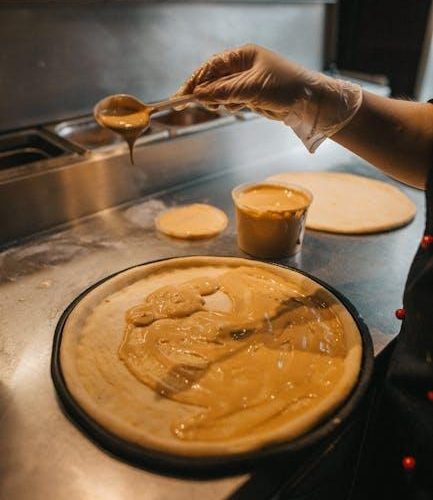In case you didn’t catch my first post about 5 ways to save money on food, make sure you go back and check it out too. There are plenty of ways to save money on food, and below I have focused on five very important things to keep you on the straight and narrow when you’re in the grocery store. This doesn’t mean boring food, but it could potentially encroach on some of your food crutches that are driving up your monthly food budget and aren’t a requirement for your health. Take a look and feel free to comment any other ideas you have or feedback with your experience with any of the 5 more ways to save money.
Contents
5 more ways to save money on the food budget
1. Reduce expensive meat consumption
This is a true sacrifice for most. Americans love meat. There are advertising campaigns for Beef just so you’ll keep craving cattle. And while eating meat at every meal isn’t exactly healthy, it’s a habit the US culture has fallen into. A lot of people are of the belief that you need to eat meat to get the proper amount of protein. But remember, you can get plenty of protein from legumes like beans or lentils and they are a fraction of the cost. When you are looking to control the food budget, meats are one of the easier parts to cut out. But, if you still want to keep it in the meal plan, you can stretch the dollar when buying meat by getting a low-end cut of beef or pork and cook it for half a day in the slow cooker. The Crock Pot is a miracle-worker on tough meat and turns it into a tender morsel after the 10th hour or so.
2. Make homemade snacks
More often than not we find ourselves cruising down the chip or cracker aisle looking for something to throw in a baggie and take to work or to send the kids to school with. However, you need to resist the urge and really look at how much money you spend on processed foods especially snacks. There are healthy recipes all over the internet for home made snacks. For example here is a home made cracker recipe and another more simple cracker recipe that goes great with cheese, hummus dip, garbanzo flatbread, roasted red pepper spread and the list goes on. Taking whole foods as snacks will sustain you much better than processed foods, so when you are making your shopping list, think ahead about what you can buy to make at home or grab that’s as easy as cutting up some apples.
3. Eat in groups
A weekly tradition in our old neighborhood in Charlotte was to have everyone over to someone’s house each week for a pot luck dinner. The host made the main course and everyone else brought a side dish or dessert. Sometimes we’d set a budget limit on the dishes which had the tendency to be the most creative. Themes work well for group dinners and inspires the cooks to branch out of their comfort zone. The key here is to eat in bulk and thus spend less money. It’s far easier to cook for multiple people than just yourself and it’s a lot more interesting to share a meal with a group of people.
4. Eat a healthy, decent-sized breakfast
This tip I can’t stress enough. In order to give yourself the energy you need to be sustained throughout the day, a full healthy breakfast is absolutely necessary. Some people I know eat two breakfasts, one when they first wake up that includes mostly fresh fruit and juice and then once they are up and moving or after their morning workout, they eat a second breakfast of eggs, gallo pinto (beans and rice) with whole grain bread or a bagel. The first breakfast helps you wake up and get moving, while the second breakfast will sustain you until the afternoon when lunchtime rolls around. It’s amazing how much better your day can be and the energy you can find when you’ve filled your body with the fuel of fresh fruit, a protein and whole grain. This keeps you from needing unhealthy, expensive snacks and sodas to give you the false energy you need to make it to lunchtime. Fill yourself up early in the day and you won’t have to eat a huge lunch or snack in between.
5. Use dried goods instead of canned
A little research goes a long way with the cost of dried goods versus canned. When you can find it, the fresh or frozen goods are the most healthy, but in the case of beans or legumes, dried will beat out canned any day of the week. A bag of dried beans will make as much as 5 times more than the same price of beans in cans. BigLots is a great resource for dried goods. Just the other week we found bags of garbanzo beans marked down to $0.25 per bag. It was a rare, but excellent find.
It’s a little more labor intensive to soak and then cook the beans, but you can control the flavor better, avoid weird canning preservatives and of course see an immediate price savings. Our house is full of dried goods including split peas, lentils, garbanzos, black and red beans, etc. A crock pot is also a miracle on dried goods so you can set it to low and come back in a few hours to perfectly cooked beans or lentils.



